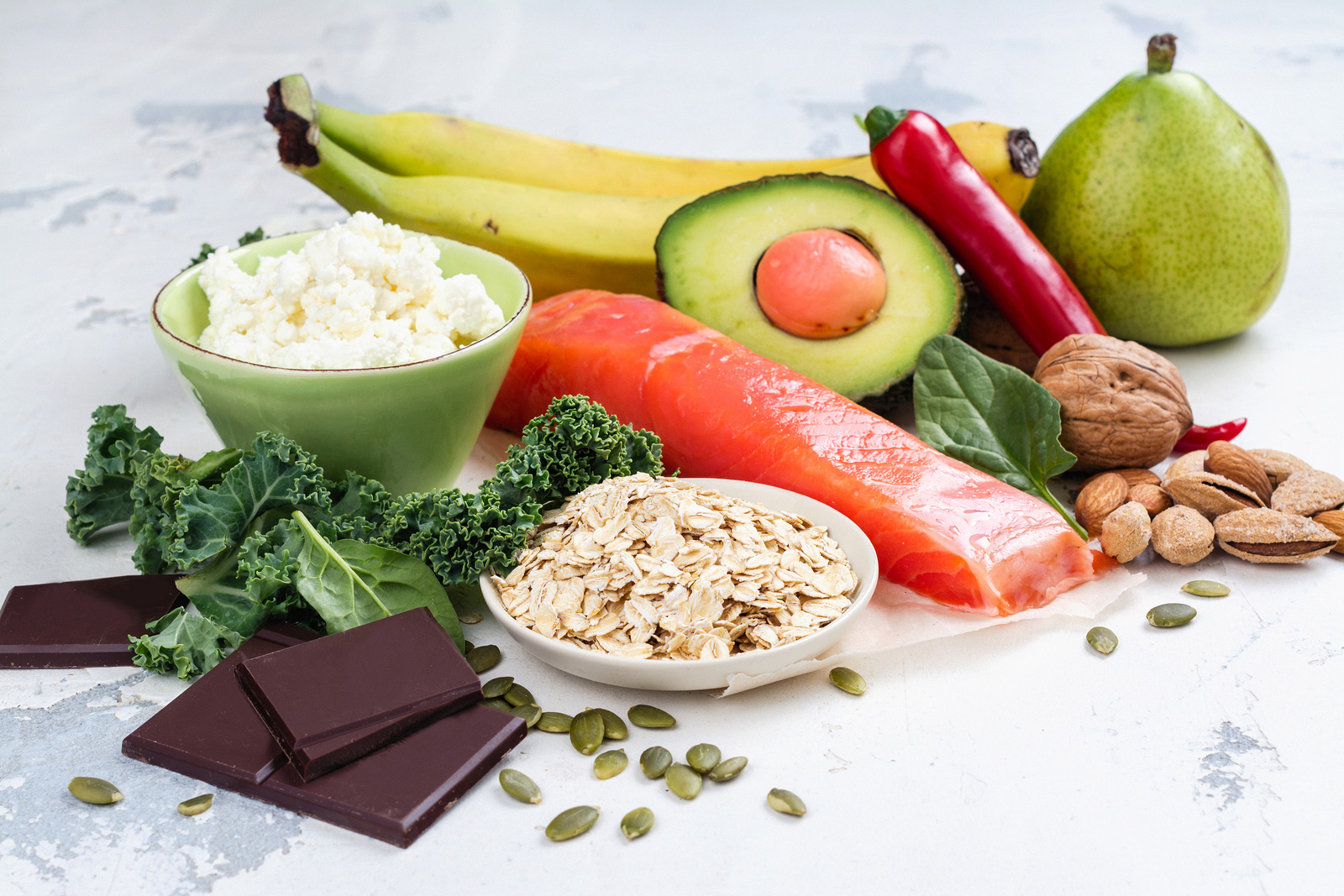You are at the highest risk for developing this condition if you have a family history of type 2 diabetes or if you have suffered from gestational diabetes, hypertension, or are seriously overweight. See our articles on diabetes risk factors for more specifics.
Apple-shaped women, or those who tend to gain most of their weight around their abdomen, show less tolerance for insulin. To assess your risk, measure yourself around the smallest part of your waist (don’t hold your stomach in!) and the biggest part of your hips. Divide the waist measurement by the hip measurement. A ratio bigger than 0.8 for women (or 1.0 for men) indicates that your abdomen is obese and you are at risk for developing insulin resistance.
Women with dyslipidemia, especially those with low HDL levels and high triglycerides, may also be resistant. I tend to look at the ratio of HDL to triglycerides. If I can divide the triglyceride count by the HDL count and get 3.0 or higher, I immediately suspect insulin resistance. A skin change called acanthosis nigricans, which is warty-like darkened patches of skin at the neck and armpits, indicates insulin resistance in over 90% of the women who experience it.
The good news is that insulin and glucose levels are very easily influenced by changes in lifestyle, exercise, and diet. If you are diagnosed with insulin resistance, there is a lot you can do to reverse its course.
Bringing Insulin Into Check
At my clinic, we understand that insulin resistance may be an underlying factor in a range of health problems. Before designing a plan for a patient, we always take into consideration this possibility. Our goal at my clinic is to enable all our patients to feel energetic, lively, attractive, passionate, and excited for years to come – as opposed to feeling lethargic, irritable, and hormonally imbalanced. Thankfully, we have discovered that a lot can be done to decrease a patient’s insulin sensitivity and bring their hormones back into natural balance.
When we evaluate a patient for insulin resistance, we recommend a blood test for glucose and insulin levels after fasting for 12 hours and then again two hours after a meal (preferably a high-carbohydrate meal). On the fasting tests, we hope to see glucose levels of no more than 75–80 and insulin of less than 14; higher levels indicate a risk of insulin resistance. Increased triglycerides make me suspicious too. We also take into account the patient’s lifestyle, diet and exercise patterns, as well as stress factors. All of this can be changed.
Talk to your primary care provider about being tested if you feel you are at risk. Many younger practitioners are familiar with the concept of insulin resistance, as it is now being taught in medical school. Unfortunately, old-school physicians may still be unaware of its importance.







